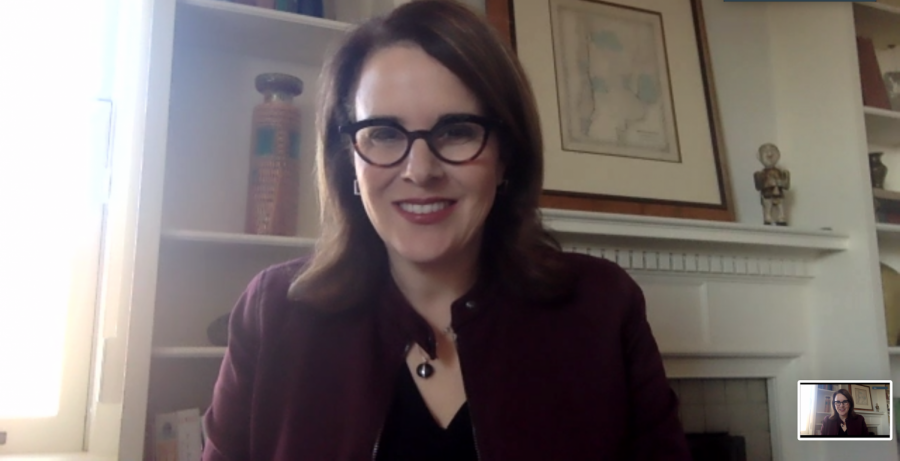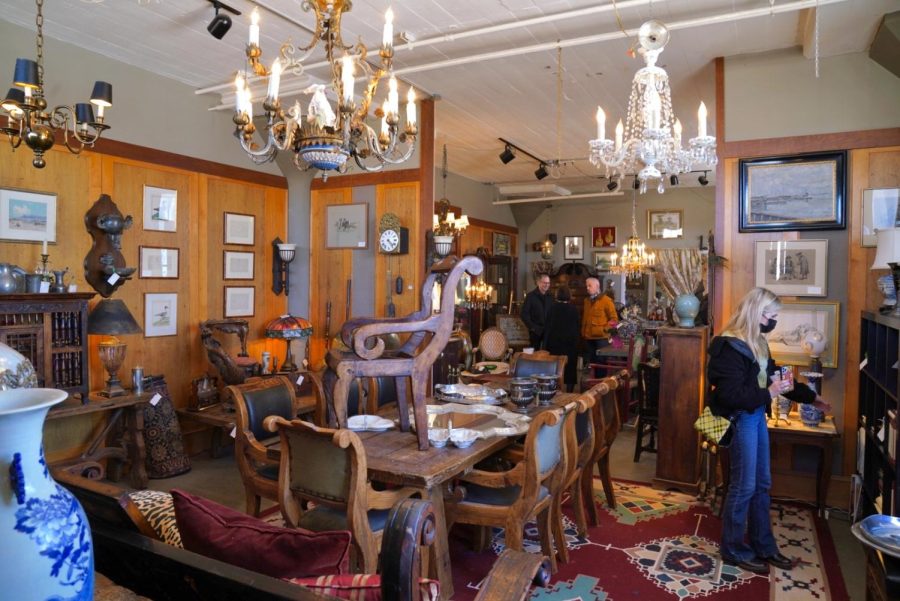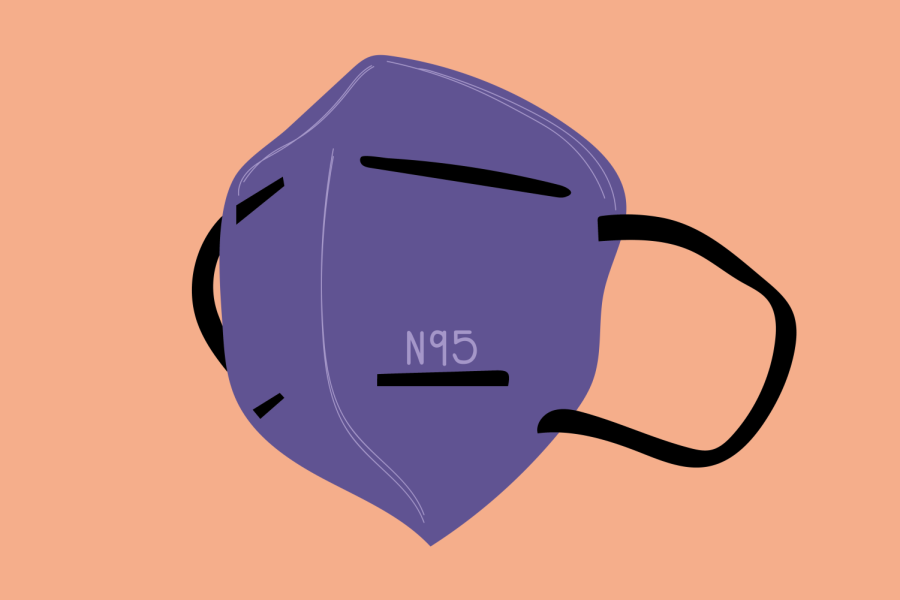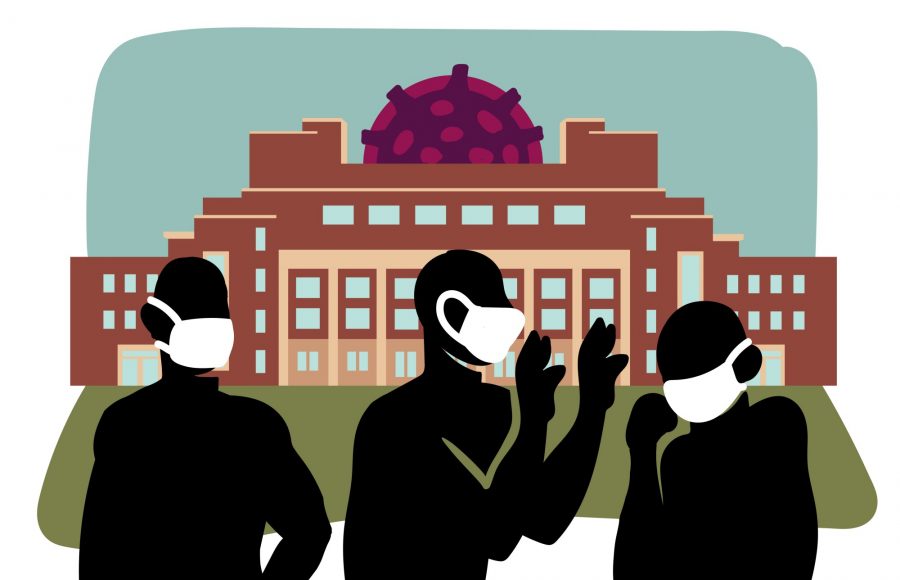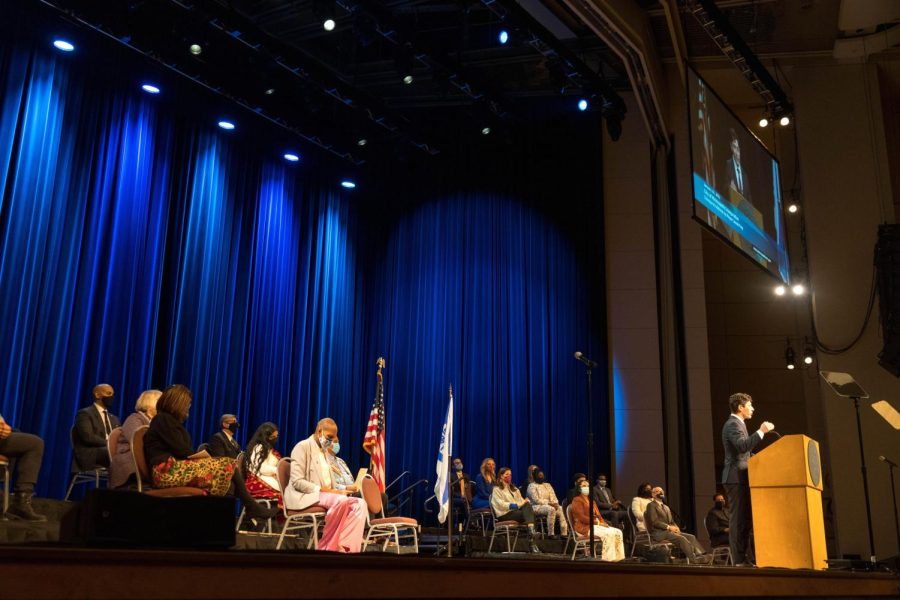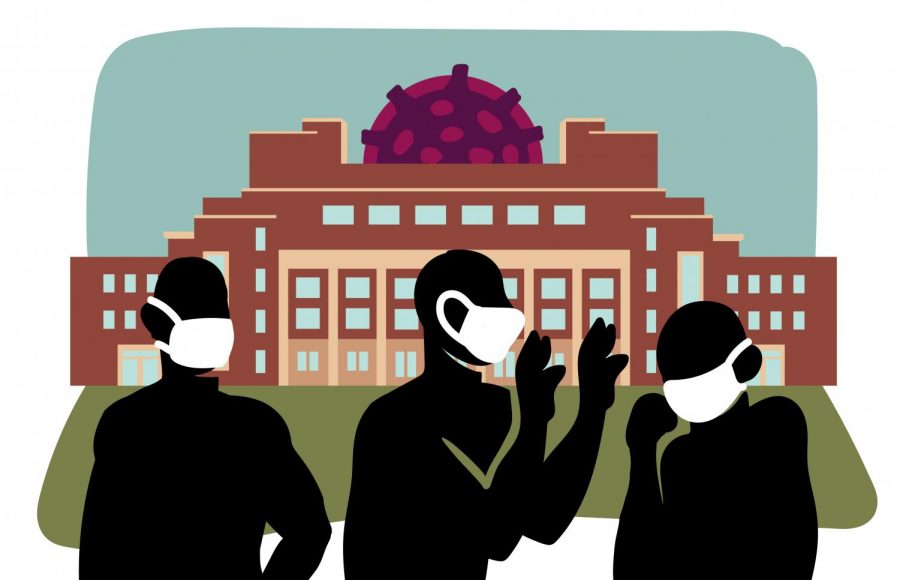University of Minnesota President Joan Gabel said her administration is optimistic about increasing in-person instruction for the fall semester in a virtual interview with the Minnesota Daily Monday.
In the interview, Gabel also discussed the upcoming trial of former Minneapolis Police Department officer Derek Chauvin and how the authorization of a new COVID-19 vaccine may impact distribution at the University.
The trial of former Minneapolis Police Department officer Derek Chauvin is set to begin on March 8. What steps will the University take in order to keep students, faculty and staff safe and secure during the trial?
In anticipation of everything that’s happening or likely to happen in association with the trial, the idea is to create safety … but at the same time protect people’s right to free speech. So there’s a very conscious effort to think about how people can express their voice but keep it in a way that is able to also express their personal safety.
Is there a possibility the University of Minnesota Police Department will become involved if necessary? Who ultimately makes that decision?
It’s not ultimately decided right now, and it would be a shared decision. It also depends on what we’re asked to do by the state. There are certain circumstances where we are asked to do things, and we say “yes” when we’re asked. But proactively, our primary concern for UMPD is to protect the campus. But we also recognize the reality that many members of our campus community don’t live on campus. And so that requires collaboration, as we have done all along. We would have their primary focus always be the protection of the campus physically and the people who make up that campus.
What is the current status of instruction formats for the fall semester? Some students have received guidance that classes that are currently listed as having in-person instruction may shift to virtual formats. How are instruction formats being decided for fall?
The current projections, if they hold true, give us a lot of optimism about being able to be safely on campus at higher levels. We are planning as if we will be able to be much more physically together than we are able to be now. It is possible that those projections will fall short or will have been overly optimistic. … We wish that we knew today what things would look like exactly in August, but what we’re trying to do is start from the presumption of face-to-face and then work backwards.
It was recently announced that in-person instruction at the University will continue after spring break. Up until that announcement, there was a possibility that the University would pivot to all virtual instruction, similarly to the fall 2020 semester. How did you determine that was the correct decision for the University?
That was a combined conversation through emergency management, and then we consulted with student leadership. But largely relying on public health in this case because the presumption is that we should be as face to face as we can safely. Our data shows us that what we’re doing right now did not result in a spike in transmission. So we have no reason to think we can’t be together after spring break.
What did that consultation with students look like?
There are some students who would prefer that we never made any face-to-face instruction available; there are some students who think we should have been 100% face to face the entire time. Then we have some students who think we’re doing it just right, just a few mixed in there. We try our best to accommodate all of those points of view. The variation in points of view is true for faculty and staff and community partners as well.
Several study abroad programs around the University have begun holding information sessions and discussing programs for spring 2022. Where does the University receive its guidance from in terms of study abroad programs?
We have federal guidance that comes from the [Centers for Disease Control and Prevention] on travel. Our director, Meredith McQuaid, [dean of international programs], is in national and international organizations that develop best practices around safety, … and they’ve been working on those during this unique time. We have guidance from our states about travel, and then we have guidance from the countries where we might send students who have their own guidelines on receiving any international traveler. So there’s a lot of assimilation and intersection between all this different guidance.
Should students expect study abroad programs to be ‘back to normal’ by spring 2022?
Using that guidance, we were able to let a very small number of students go overseas this semester in partnership with those countries and universities in those countries and with a full review by public health and a variety of other people. So far, that’s been going really well, so that gives us optimism that we could widen that funnel over a future period of time. It’s just hard to know exactly how far.
What updates can you provide on the eventual COVID-19 vaccine rollout for the University?
The FDA emergency authorization of the Johnson & Johnson vaccine, which as far as I know we have not received yet in the state of Minnesota, the availability of that vaccine should be a game changer for a variety of reasons. [It’s] one shot; it doesn’t need a deep freeze. There is anecdotal evidence that the bottlenecks are starting to open up, but we’re not there yet.
From your perspective, what has been the biggest challenge in this process? How are you, and the vaccine team, addressing these challenges?
There’s a distribution challenge because we have very high demand and very low supply. I think there’s the challenge of these one-off stories: ‘My sister got it, why can’t I?’ and ‘My cousin got it, why can’t I?’ I am personally very frustrated; I would very much like to be vaccinated. But I also understand that each state has to handle this in the way that they think is best.
This interview has been slightly edited for length, grammar and clarity.


